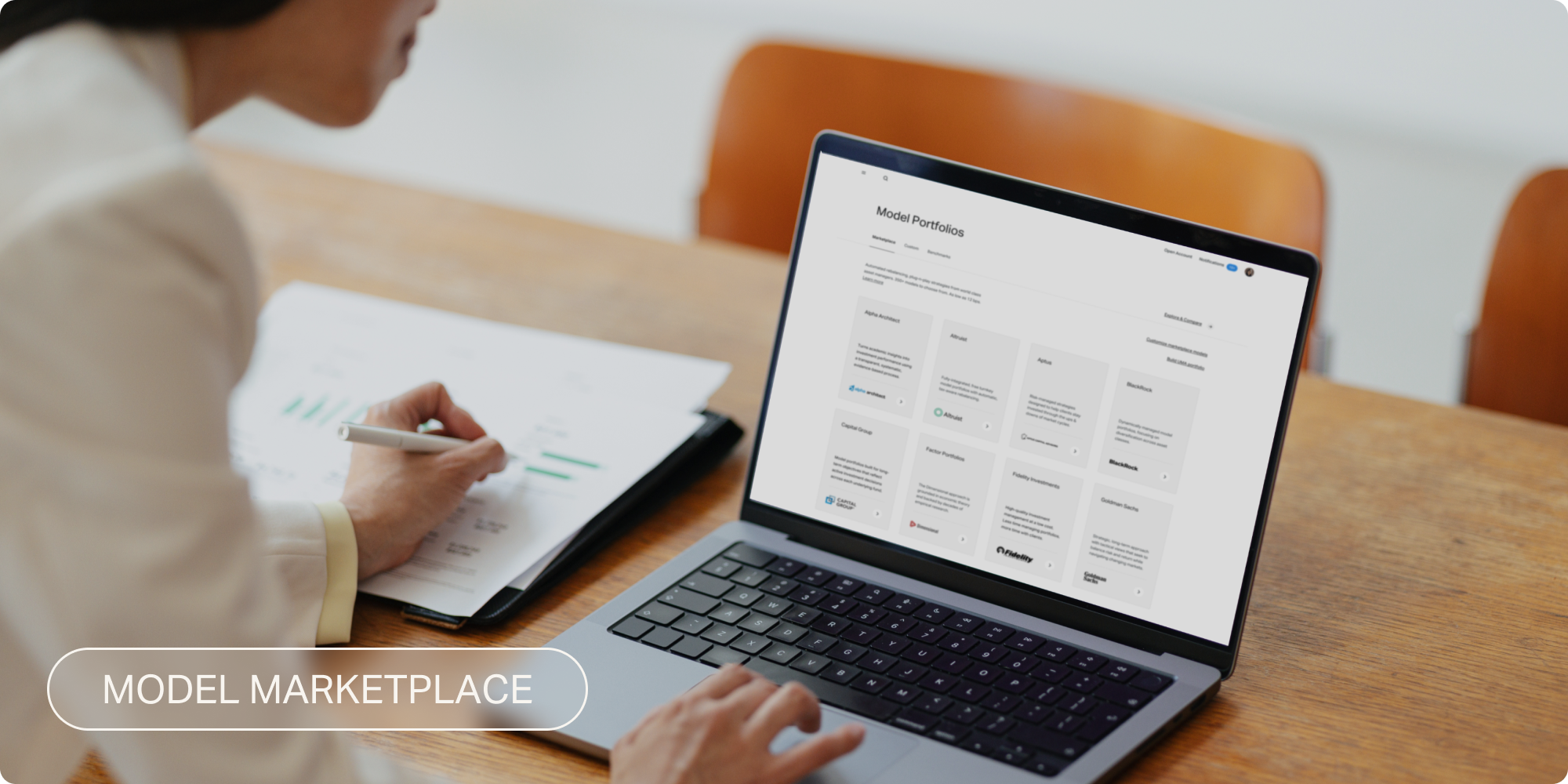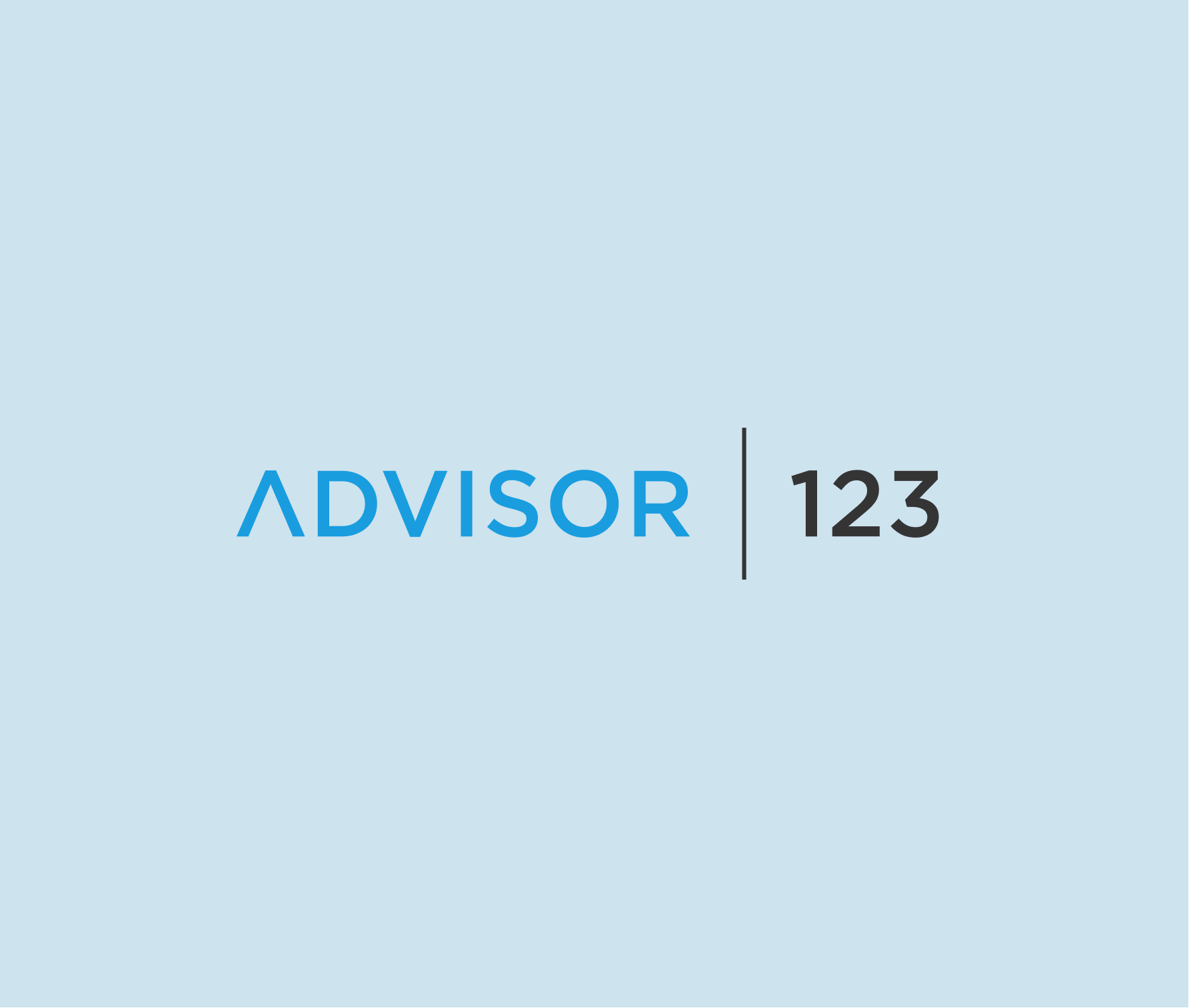Your business is only as good as the systems it employs–and delivering quality financial advice often requires many different systems.
From onboarding, to portfolio management to rebalancing, to performance reporting, advisors can easily find themselves overwhelmed and bogged down in a maze of complex tasks.
Given these challenges, it’s no wonder that advisors have historically turned to turnkey asset management programs (TAMPs) to help them manage their business.
This post will explore the origins of TAMPs, the pros and cons of using one, and some potential alternatives to achieve the same efficiencies without the high price tag.
What is a turnkey asset management platform (TAMP)?
A TAMP is a packaged service providing investment management and operational solutions to RIAs (typically billed as an AUM fee).
True to their name, TAMPs offer a “turnkey” solution, making the process much simpler than if advisors were to assemble their own technology stack and manage multiple service providers.
With this robust framework, turnkey asset management platforms enable advisors to delegate extensive investment responsibilities, such as portfolio modeling and reporting, as well as certain administrative services like onboarding and billing.
How TAMPs Started
The concept of a TAMP originated in the 1980s when financial advisors sought ways to outsource the management of client portfolios to third parties.
Turnkey services were born out of a need for efficiency and scale in the burgeoning financial advisory industry. As the complexity of portfolio management and client expectations grew, advisors looked for solutions that would alleviate the burden of day-to-day investment decisions and back-office functions – and they were willing to pay up to offload these administrative tasks.
TAMPs stepped in to fill this gap, offering a comprehensive suite of services bundled into one convenient package in exchange for a fee. These turnkey solutions also allowed advisors to leverage the expertise and infrastructure of larger firms for investment management and operations.
By paying a little extra for help in managing client assets, advisors were suddenly able to focus on other things, like growing their client base, spending more time with clients, and providing a deeper level of personalized financial advice.
Should advisors use a TAMP?
There’s a reason that TAMPs became (and remain) popular: all-in-one solutions promise to streamline the intricacies of managing an RIA’s back office.
However, this convenience comes with its own set of tradeoffs, as advisors like Derek Notman of Intrepid Wealth Partners discovered when assessing a switch away from a turnkey platform. Plus, the industry has changed since TAMPs were first introduced. These benefits and drawbacks deserve careful consideration.
What are the pros and cons of TAMPs?
Pros of TAMPs
The benefits of using a turnkey asset management program include simplifying complex systems and outsourcing time-consuming tasks.
Simplification
- The greatest advantage of a TAMP is also the most obvious: it’s a turnkey solution. Advisors can entrust the day-to-day management of client portfolios to the TAMP.
Technology
- TAMPs often come with built-in software solutions for reporting and rebalancing, which can create a simplified tech stack (and help advisors avoid having to manage different service providers).
Time management
- With less hands-on involvement, advisors are freed up to focus on other key elements of the business, such as deepening client relationships, networking, and prospecting.
Cons of TAMPs
Using a TAMP can also have significant drawbacks, specifically around cost, reduced control, and lack of differentiation.
Higher costs
- Perhaps the most notable drawback of using a TAMP is the cost, which usually comes in the form of an AUM fee and can range from 50 to 100 basis points (although this number will vary depending on the level of service and features provided).
- As a result, advisors must either pass on these fees to their clients–or absorb them at the potential detriment to their profit margins.
- This additional layer of fees charged by TAMPs comes on top of any investment fees, such as expense ratios on funds that clients invest in and any fees charged by the advisor for their services.
- As a result, TAMP fees can add to a client's cost basis, potentially reducing their overall returns. This aspect is particularly critical in a low-yield environment or over the long term, where fee impact is magnified.
Lack of control
- RIAs who value hands-on involvement may find the TAMP model restrictive, as it often means ceding control over individual investment choices and portfolio construction.
- TAMPs may rely on standardized portfolios that could lead to a one-size-fits-all approach, which may not be suitable for clients with unique investment profiles or those who require more tailored strategies.
Impact on client experience and differentiation
- There's also a risk that a TAMP can create an impersonal client experience. Clients who value a direct relationship with the advisor making decisions about their money may feel disconnected from the process.
- For RIAs, differentiation in the marketplace can be challenging if you rely on a turnkey solution. Setting your services apart from competitors may be more difficult if you choose to outsource the investment responsibilities to a TAMP.
A cost-effective alternative to TAMPs
TAMPs offer a vast suite of services but deliver a serious hit to an RIA’s bottom line.
Fortunately, advisors now have a viable alternative. Modern custodians like Altruist provide many of the same key benefits of using a TAMP–like access to a world-class model marketplace that’s directly connected with built-in rebalancing software and back office automation–but at market-leading low costs.
Increasingly, advisors are asking: why should I pay expensive fees to my TAMP if I can find similar features, and substantial savings, elsewhere?
How much can advisors save by ditching their TAMPs?
It’s no mystery why RIAs who’ve done the math are souring on turnkey platforms. After years of paying 50-100 basis points to a TAMP, they realize that their business, and their clients, might benefit from a different solution.
That’s the conclusion Derek Notman came to when he switched to Altruist. Notman says the move saved his clients between 10-50% annually in fees while also increasing his firm’s earnings.
To learn more about how a modern custodian can reduce your fees and help you deliver an exceptional client experience, check out Altruist’s model marketplace.
Certain instructions from model providers who are providing models to the Altruist Model Marketplace may not be executed based on system limitations, including securities that are not available to trade on the Altruist platform and rebalancing instructions that are not supported by the Rebalancer and trades that are below supported minimum trade sizes. Performance of individual accounts assigned to a model portfolio may deviate from the target model performance as a result of a number of factors, including Rebalancer settings, and timing and amount of cash flows and system limitations that impact execution of model provider instructions. Model Marketplace portfolios utilize Altruist's Rebalancer and may use Altruist's TaxIQ tax management tools. See the TaxIQ Tools & Rebalancer disclosure available at altruist.com/legal.
For more information on Altruist’s Model Marketplace please see the Form ADV Part 2A, Model Marketplace Agreement and Altruist LLC Fee Schedule on altruist.com/legal.














